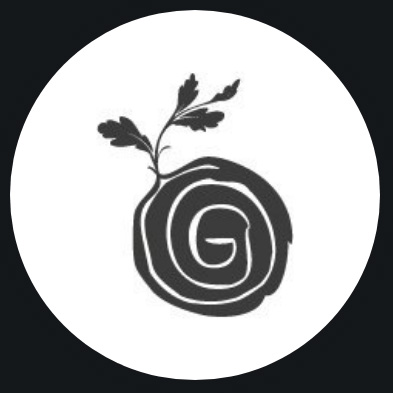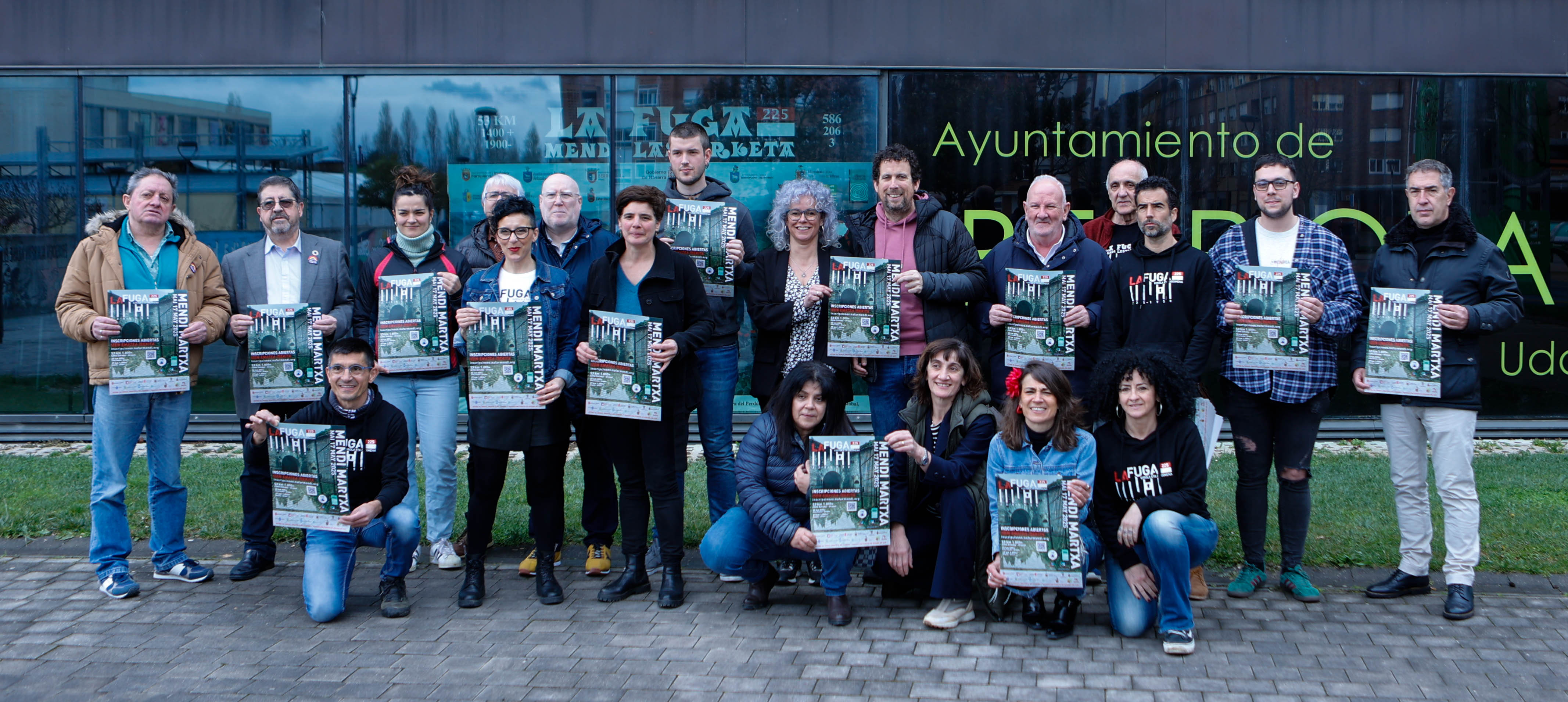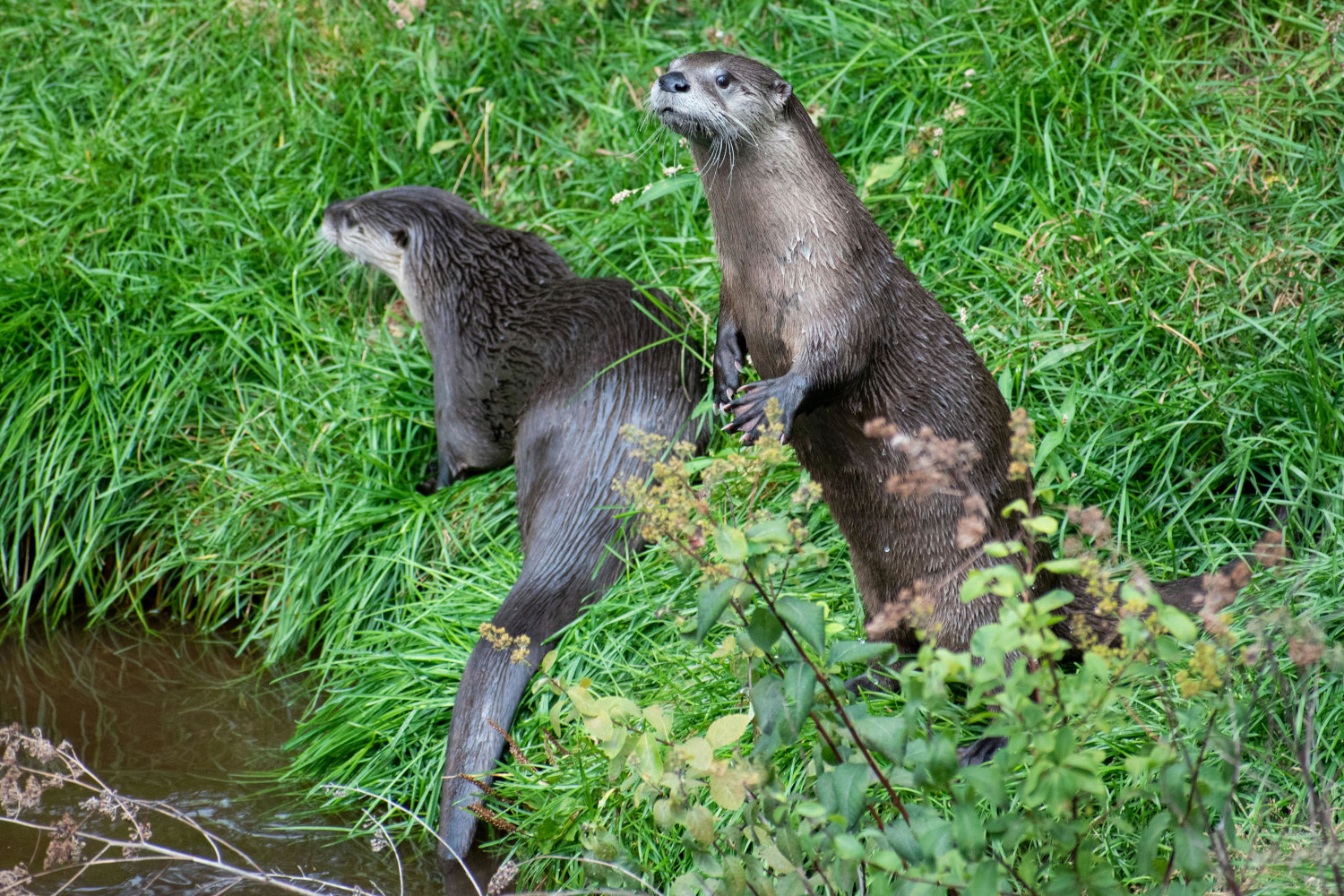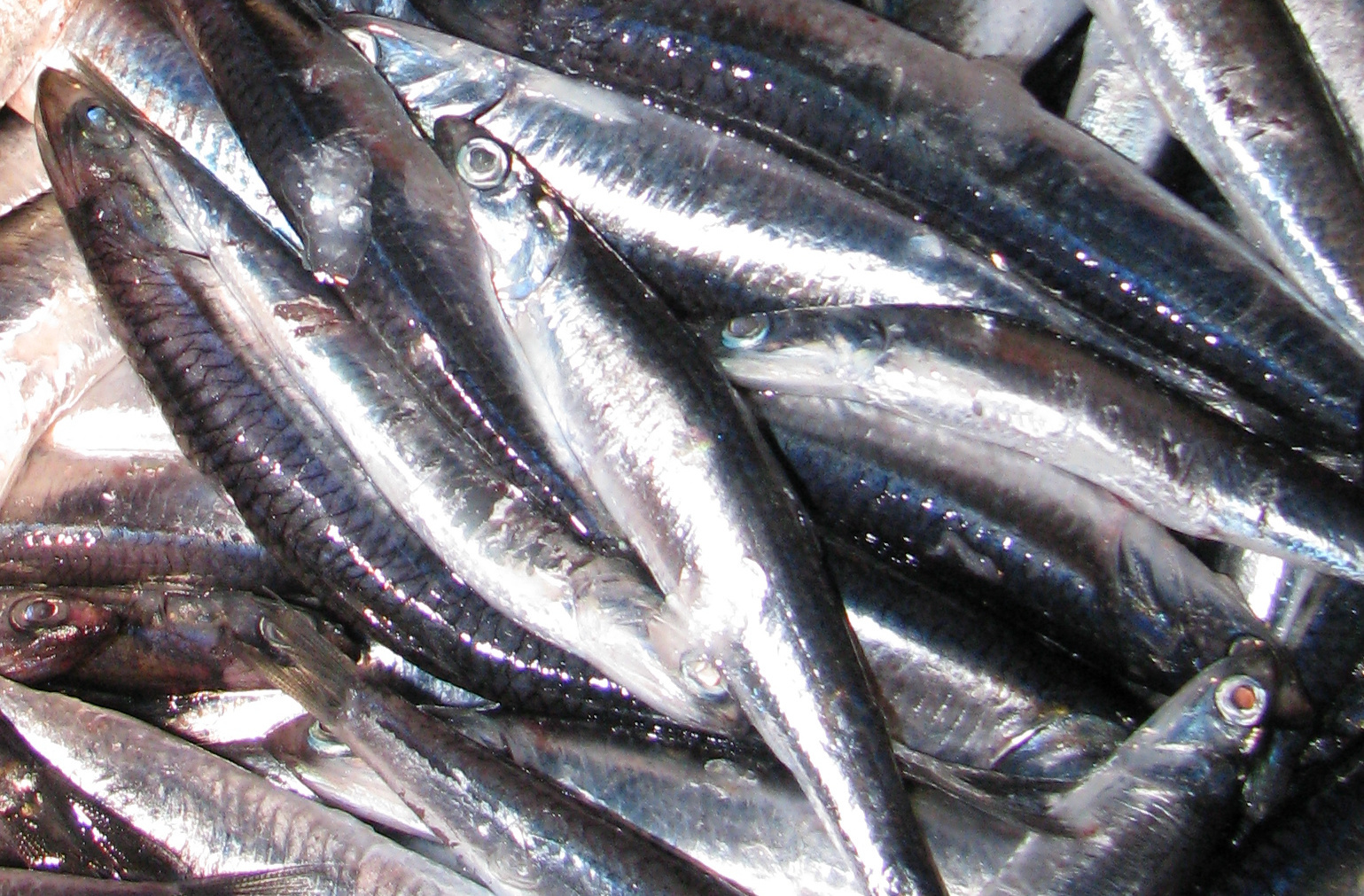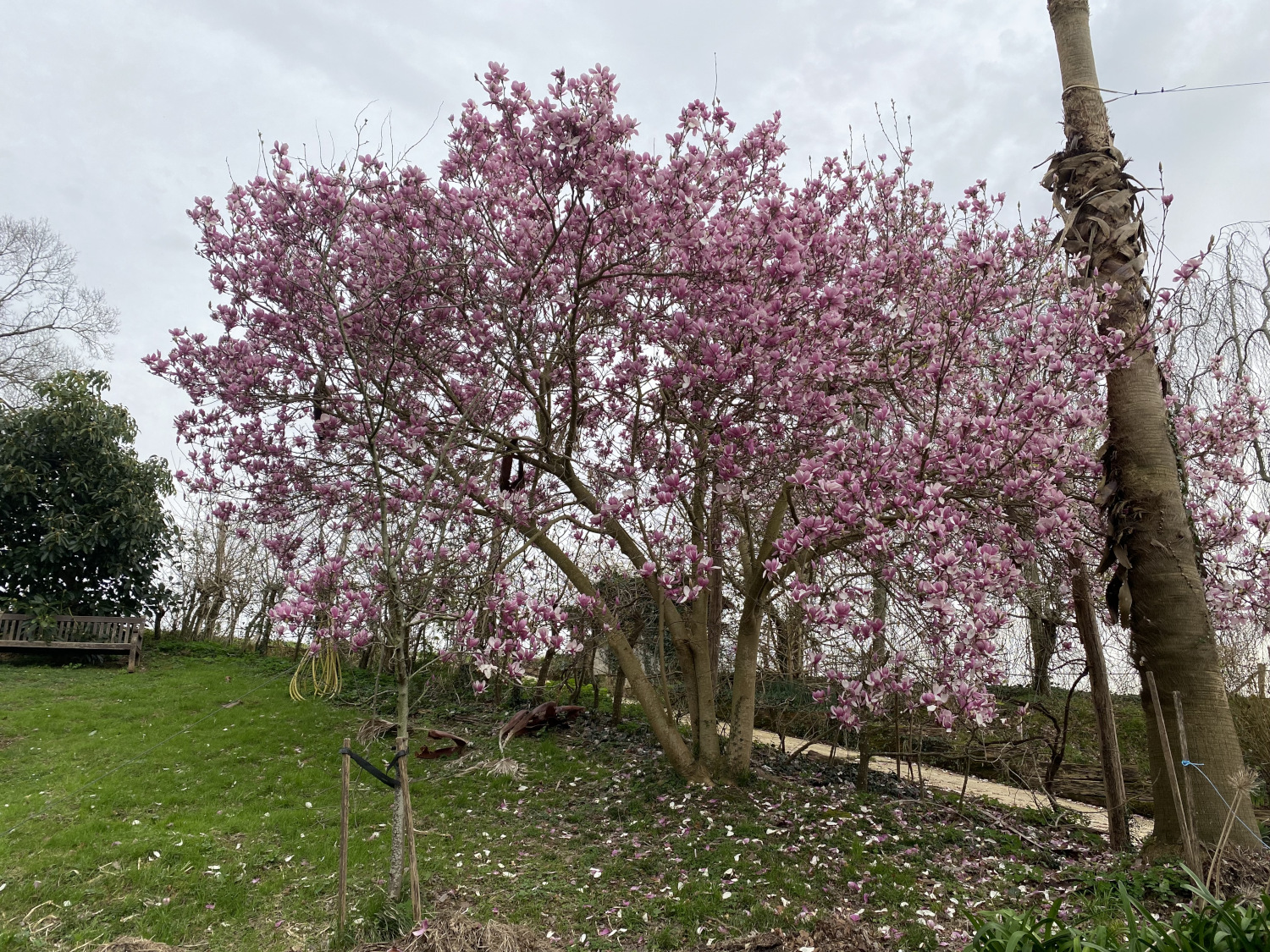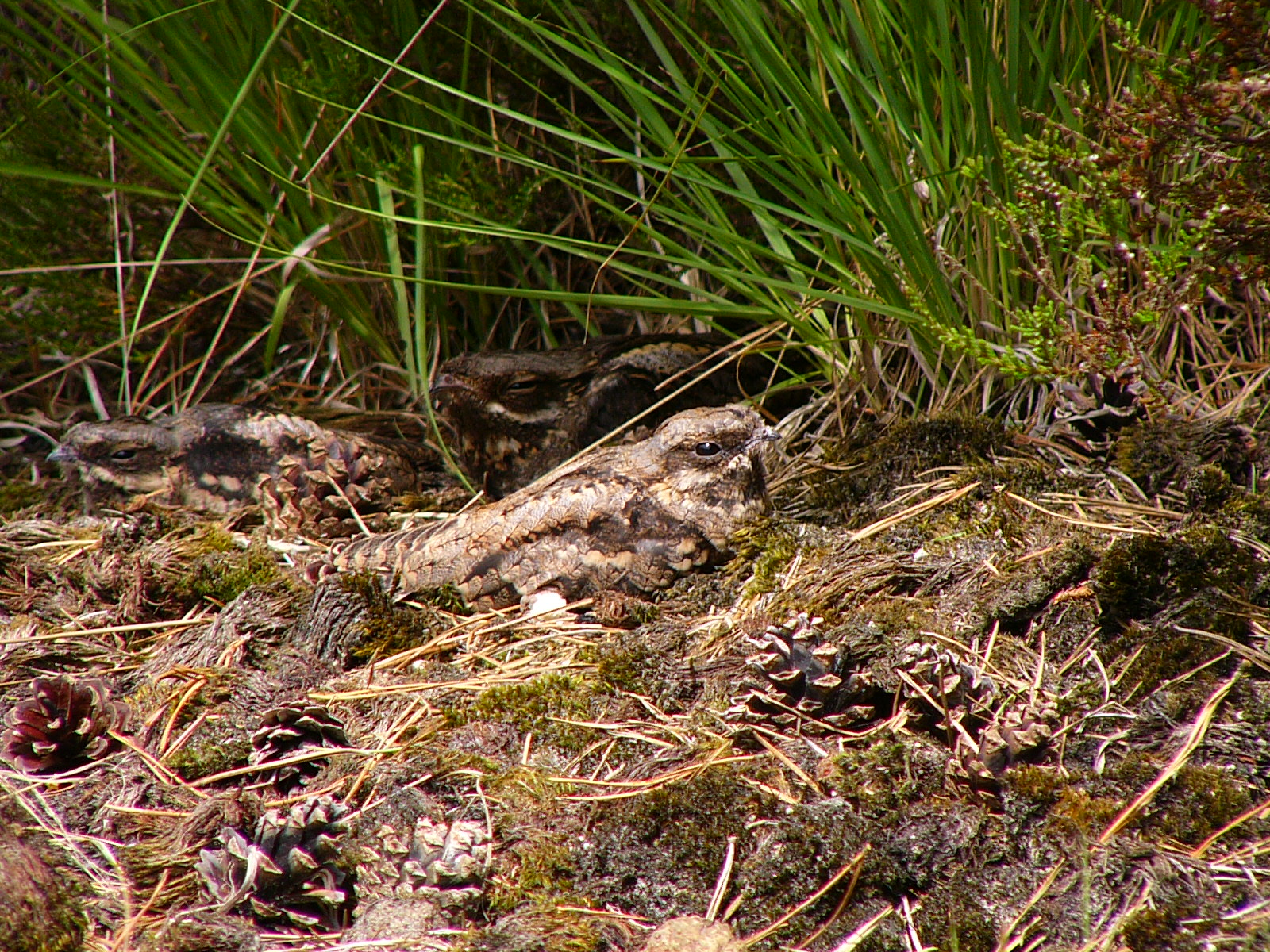The burning spreads through the Pyrenees and has already reached Aralar
- The rapacious bird stretches through the Pyrenees. It is already located in nine counties of Navarra. One of the territories in which the burning has tried to grow this year has been Aralar, the first territory outside the Pyrenees that colonized in the natural expansion of this species. The history of the colonization of this territory can provide an idea of the difficulty and the time interval that the creation of a new territory can take, and thus naturally extend this species outside the Pyrenees.

The Department of Rural Development and the Environment is responsible for implementing the Recovery Plan of the Quebrantabones of Navarra and for monitoring this breeding population. According to the Department, in seven of the nine counties where the bones are present, they placed eggs and four pups born between March and April have managed to fly and leave the nest in summer; and the dispersion has begun. Among the nine territories occupied by the Quebrantabones is Aralar. For technicians, this is an indication of the territorial expansion of the species.
The breasts can live for years. Their survival, their low reproduction rate, is based on compensating for a long life expectancy. Every year the heat starts at the end of the autumn and, if everything goes well, the pups born between February and April do not fly from the root of the following year until the month of August. By overcoming the falls of the nest and other natural causes that often waste them, when they manage to fly, the chicks leave the nest and disperse. At 7 years of age they reach the age of reproduction and usually return to their territories of origin to grow.
Aralar
One of the territories in which the burning has tried to grow this year has been Aralar, the first territory outside the Pyrenees that colonized in the natural expansion of this species. The history of the colonization of this territory can provide an idea of the difficulty and the time interval that the creation of a new territory can take, and thus naturally extend this species outside the Pyrenees.
Kiriku, born in Arbaiun in 2006, settled in Aralar in 2012, when he reached adulthood. In 2017, a cooperative threesome was formed with another male and a female (Muel), marked in 2016 in Aragon at the age of 6. In the 2019 season, the female made her first set, but failed in incubation. This last season her baby was born, but a fall in the nest prevented her from flying.
Navarre has the third breast population in the south of the Pyrenees, far behind Huesca and Lleida. However, although the numerical importance of the Foral Community reaches only 6.3% of the State's population, the presence of this species in the Foral Community is considered fundamental, as it is a natural corridor for the expansion of the species to the mountain areas of northern Spain, uniting the Pyrenees with the Cantabrian Sierra and the northern Iberian System.
In partnership
The institutions on both sides of the Pyrenees have developed the Interreg-Poctefa ECOGYP project “ecosystem services, necrophagous predators and habitats” between 2017 and 2019. The necrophagous species studied within the project have been the quebrantabones, the common white vulture, the leonado vulture and the black vulture (acute necrophages) and the red milano (as facultative necrophages). Two publications summarizing the most relevant aspects of the project closure work have been published and published in digital format.
The ECOGYP project, co-financed by the European Fund for Rural Development (ERDF), was led by the Public Management Society of the Department of Rural Development and the Environment of the Government of Navarra and in which they participated as partners: Government of Aragon, Provincial Council of Álava, Fundación HAZI-Diputación Foral de Gipuzkoa, Ligue pour la Protection des Oiseaux (LPO/BirdLife) and Fundació Catalunya La Pedrife.
Itsasoan badira landareen itxura izan arren animalia harrapari diren izaki eder batzuk: anemonak. Kantauri itsasoan hainbat anemona espezie ditugun arren, bada bat, guztien artean bereziki erraz atzemateko aukera eskaintzen diguna: itsas-tomatea.
Kirola eta oroimena uztartuko dituzte, bigarrenez, mendi-martxa baten bitartez. Ez da lehiakorra izanen, helburua beste bat delako. La Fuga izeneko mendi martxak 1938ko sarraskia gogorarazi nahi du. Ezkabako gotorlekuan hasi eta Urepelen amaituko da. Maiatzaren 17an eginen dute.
Zer esango zenioke Palestinako aktibista bati aurrez aurre izango bazenu? Ni mutu geratu nintzen Iman Hammouri nire herrian bertan aurkeztu zidatenean. Eskerrak andre nagusi bat gerturatu zitzaigula eta solaskide roletik itzultzailearenera pasa nintzela.
Palestinako Popular... [+]
Ugaztunei eskainitako azken artikuluaren amaierako hitzak hurrengo animalia aurkezteko aitzakia paregabea dira. Bertan esaten genuen muturluzeak erreka “garbi eta txukunak” behar dituela, kutsadurarik gabeak baina elementu natural anitzekin. Animalia txiki horren... [+]
PP, Vox, Junts eta EAJren botoekin Espainiako Kongresuak onartu du otsoa espezie babestuen zerrendatik ateratzea eta, horren ondorioz, berriz ehizatu ahal izango dute Duero ibaitik iparrera.
Antxoa, bokarta edo albokartia, gure arrain komertzialen artean txikiena, euskal kostaldera hurbildu da.
Magnoliak eleganteak dira. Dotoreak. Anddereak. Pontxoak. Apainak. Pimentak. Gurbilak. Ponposak, ponpoxearrenak. Ortiroak. Ia-ia fazazkoak, kriket eta kraket. Ez naiz harritzen, beren loraldien azpian lurrarekin urtzerainoko handitasunaren menpeko sentitzen naiz urtero.
Herriko EH Bilduko zinegotzi eta legebiltzarkide den Ander Goikoetxeak egindako galdera parlamentario bati Jaurlaritzak emandako erantzunaren bidez jaso informazioa hau. Bi haize sorgailu ezartzeko asmoa dago eta Cluster Hernani izeneko proiektu zabalago baten barruan kokatzen... [+]
Eskola inguruko natur guneak aztertu dituzte Hernaniko Lehen Hezkuntzako bost ikastetxeetako ikasleek. Helburua, bikoitza: klima larrialdiari aurre egiteko eremu horiek identifikatu eta kontserbatzea batetik, eta hezkuntzarako erabiltzea, bestetik. Eskola bakoitzak natur eremu... [+]
Katalanen ustetan artzainak engainatzen omen ditu hegazti honek: “enganyapastors”. Espainiar eta latindarrek, aldiz, ahuntzari esnea kentzen diola diote, hortik datorkio hain zuzen ere izen zientifikoan (Caprimulgus europaeus) islatzen den caprimulgus (capra... [+]
Andeetako Altiplanoan, qocha deituriko aintzirak sortzen hasi dira inken antzinako teknikak erabilita, aldaketa klimatikoari eta sikateei aurre egiteko. Ura “erein eta uztatzea” esaten diote: ura lurrean infiltratzen da eta horrek bizia ekartzen dio inguruari. Peruko... [+]
Mendizale batek asteburuan ikusi du animalia Lapurdiko Azkaine herrian, eta otsoa dela baieztatu du Pirinio Atlantikoetako Prefeturak. ELB lurraldean "harraparien presentziaren kontra" agertu da.



